4 Funds for Investing in Energy
Buying into energy through mutual funds may be safer and more convenient than purchasing individual stocks.

Editor's Note: This story has been updated since its original publication in the June issue of Kiplinger's Personal Finance magazine.
When it comes to sector funds, keep in mind that a fund's results are, for the most part, hostage to the performance of its sector. That said, many investors may find owning an energy fund safer and more convenient than buying individual stocks. We describe our favorites below.
A simple, cheap and relatively stable choice is Vanguard Energy (symbol VGENX). It tilts decidedly toward big, dependable energy companies. Top holdings include ExxonMobil, Chevron and Royal Dutch Shell. Over the past ten years through May 4, the fund returned 14.9% annualized, beating the typical energy fund by an average of nearly four percentage points per year. Managed since late 2002 by Karl Bandtel, the fund charges annual fees of just 0.38%.

Sign up for Kiplinger’s Free E-Newsletters
Profit and prosper with the best of expert advice on investing, taxes, retirement, personal finance and more - straight to your e-mail.
Profit and prosper with the best of expert advice - straight to your e-mail.
Consider BlackRock Energy & Resources (SSGRX), particularly if you work with an adviser and can avoid its hefty, 5.25% sales charge. Because the fund invests mostly in small and midsize companies, it's about 40% more volatile than Vanguard Energy. Over the past decade, BlackRock Energy gained a stunning 18.2% annualized, beating the typical energy fund by an average of about seven points a year. Dan Rice, one of the fund's co-managers, has been on the job for 21 years.
Investors with a high tolerance for risk can bet on alternative energy through Winslow Green Growth (WGGFX). The no-load fund's ten-year annualized return of 2.4% lags its small-growth category average by three points a year. But when the alternative-energy sector soars, so does this fund. In 2003 and 2009, the fund earned 92% and 49%, respectively.
Investors who favor exchange-traded funds should find Energy Select SPDR ETF (XLE) to their liking. The oldest exchange-traded fund to focus on the energy business remains one of the best for providing you with a diversified package of stocks in the oil, coal and natural gas industries. And with nearly $12 billion in assets, it's one of the largest ETFs.
Energy SPDR is one of nine Select Sector SPDR ETFs. Combined, the funds contain all 500 stocks in Standard & Poor's 500-stock index, with each ETF corresponding to one of the nine business sectors represented in the index. As a result, all of the firms in the Sector SPDR ETFs are based in the U.S. However, because most of Energy Select's companies, led by ExxonMobil, have multinational operations, the ETF offers some global exposure (its smallest holding in mid April was Helmerich & Payne, a contract driller). The only time a change is made to a portfolio is when a company is added to or dropped from the S&P 500.
Energy SPDR is a favorite of professional investors because of its high liquidity. More than 15 million shares trade daily, on average, and the bid-ask spread (the difference between the highest price a buyer is willing to pay for a share of the ETF and the lowest price for which a seller is willing to sell it) is typically a penny a share. Moreover, if you want to bet against the energy sector, the ETF is easy to sell short. Individual investors love Energy SPDR for its low operating cost, just 0.2% a year. Over the past ten years, the ETF gained an annualized 10.7%, beating its category by 1.5 points a year. Standard and Poor's 500-stock gained just 2.6% annualized over the same time period.
Get Kiplinger Today newsletter — free
Profit and prosper with the best of Kiplinger's advice on investing, taxes, retirement, personal finance and much more. Delivered daily. Enter your email in the box and click Sign Me Up.

-
 When Should You Hand Over the Keys — to Your Investments?
When Should You Hand Over the Keys — to Your Investments?The secret to retirement planning? "The best time to hand over the keys is before you’ve realized you need to hand over the keys."
By Maurie Backman
-
 A checklist for high-net-worth individuals looking to maintain and grow their wealth.
A checklist for high-net-worth individuals looking to maintain and grow their wealth.A strategic guide to managing, preserving, and expanding your wealth for long-term financial security.
By Dori Zinn
-
 Stock Market Today: No 'Powell Put'? No Problem
Stock Market Today: No 'Powell Put'? No ProblemInvestors, traders and speculators look beyond both another Trump post and more signs of slowing economic activity.
By David Dittman
-
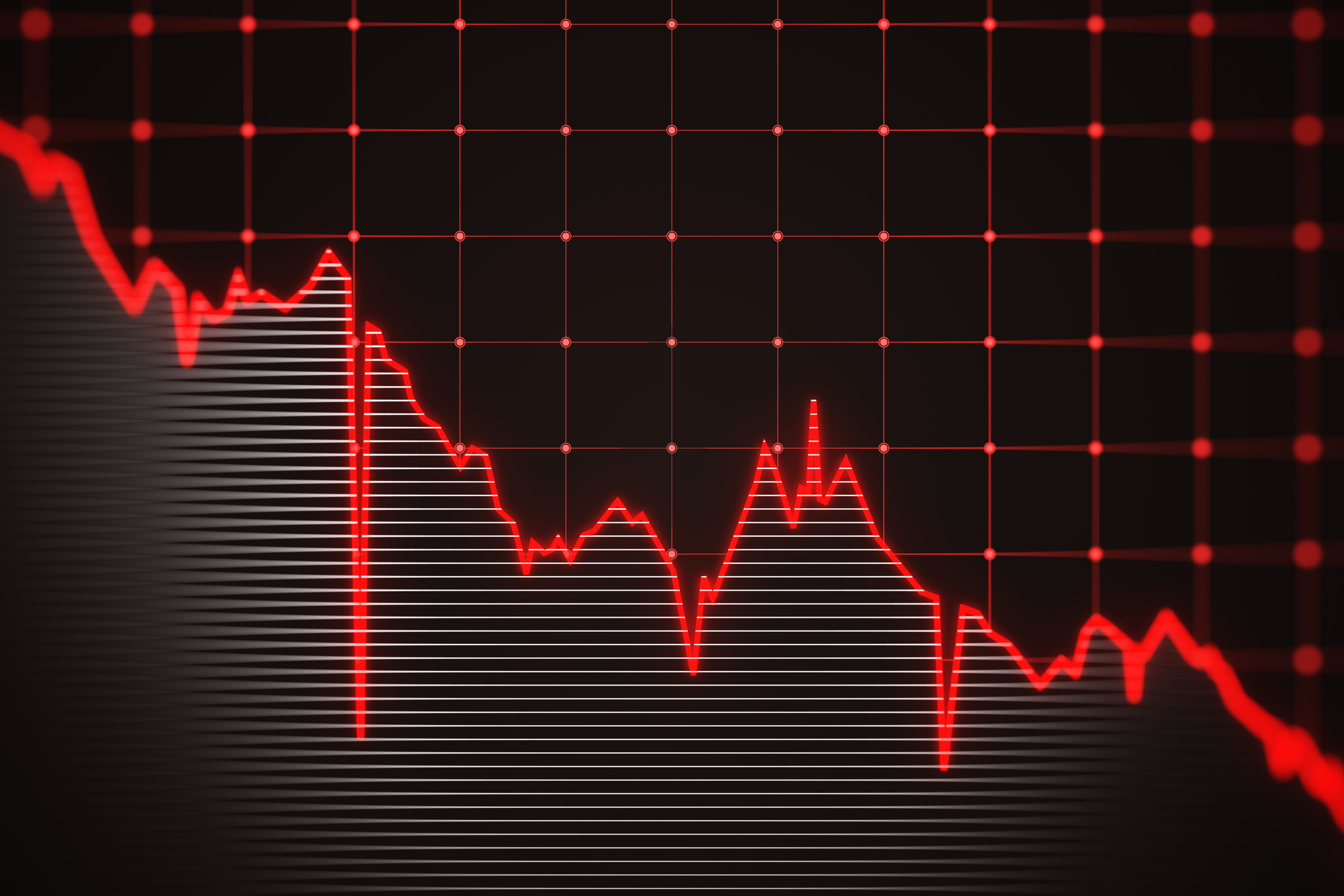 Stock Market Today: Dow Drops 699 Points After Powell Speech
Stock Market Today: Dow Drops 699 Points After Powell SpeechFed Chair Powell warned of a slowing economy and higher inflation but said the central bank isn't ready to cut rates just yet.
By Karee Venema
-
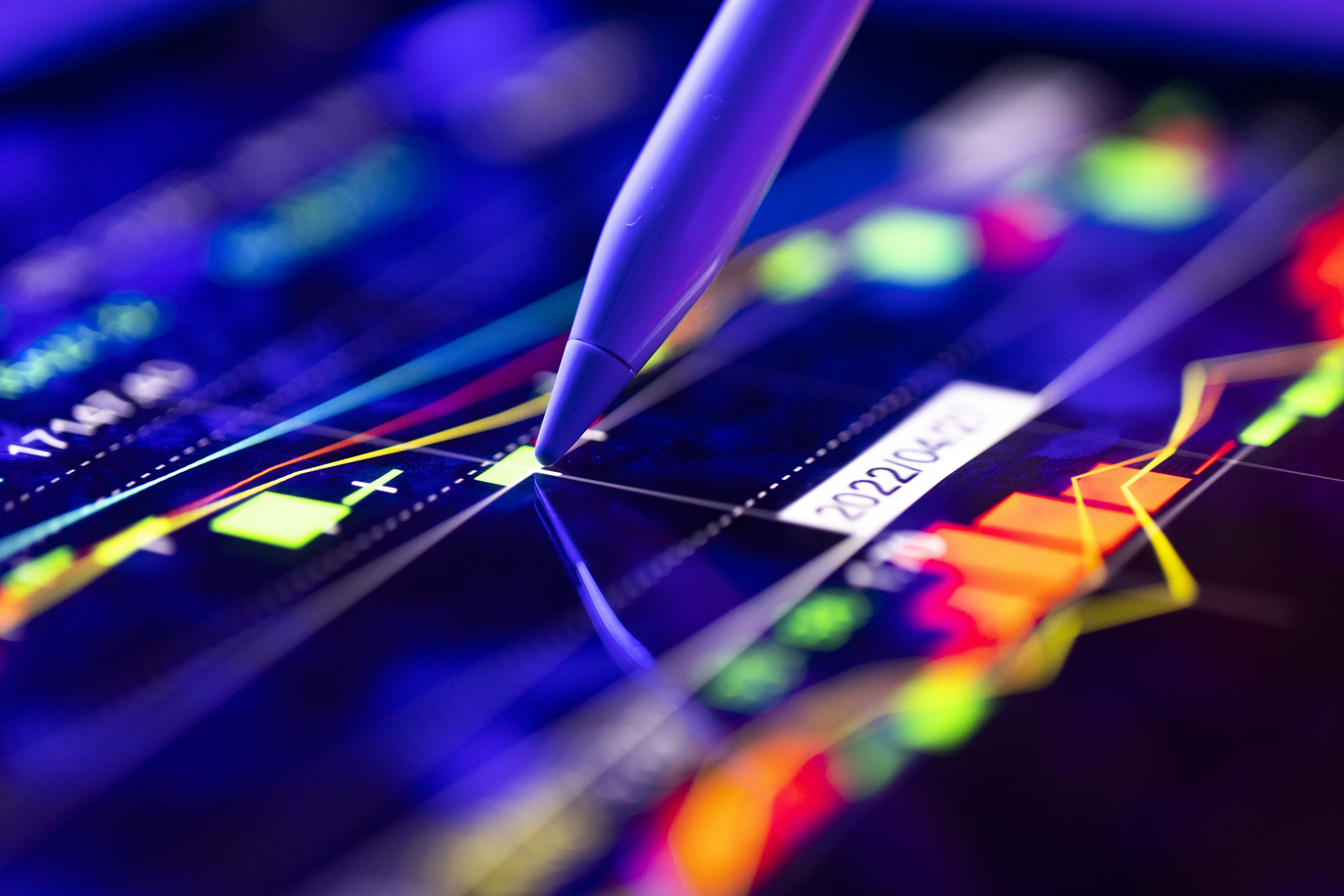 Stock Market Today: Stocks Struggle Amid Tariff Uncertainty
Stock Market Today: Stocks Struggle Amid Tariff UncertaintyBoeing dropped after China suspended new aircraft orders, while Bank of America and Citi climbed on earnings beats.
By Karee Venema
-
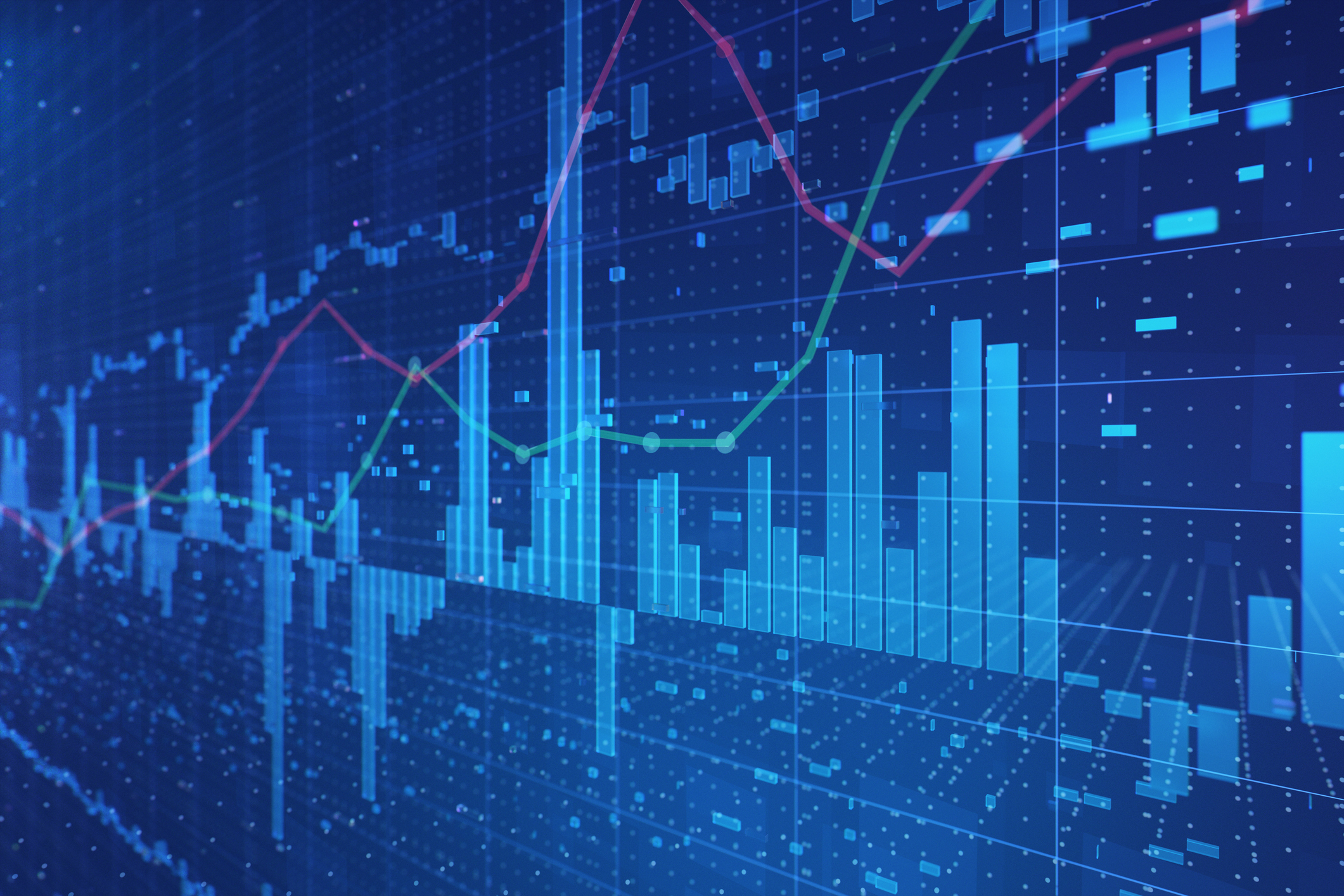 Stock Market Today: Stocks Gain on Tech, Auto Tariff Talk
Stock Market Today: Stocks Gain on Tech, Auto Tariff TalkThe Trump administration said late Friday that it will temporarily halt tariffs on some Chinese tech imports.
By Karee Venema
-
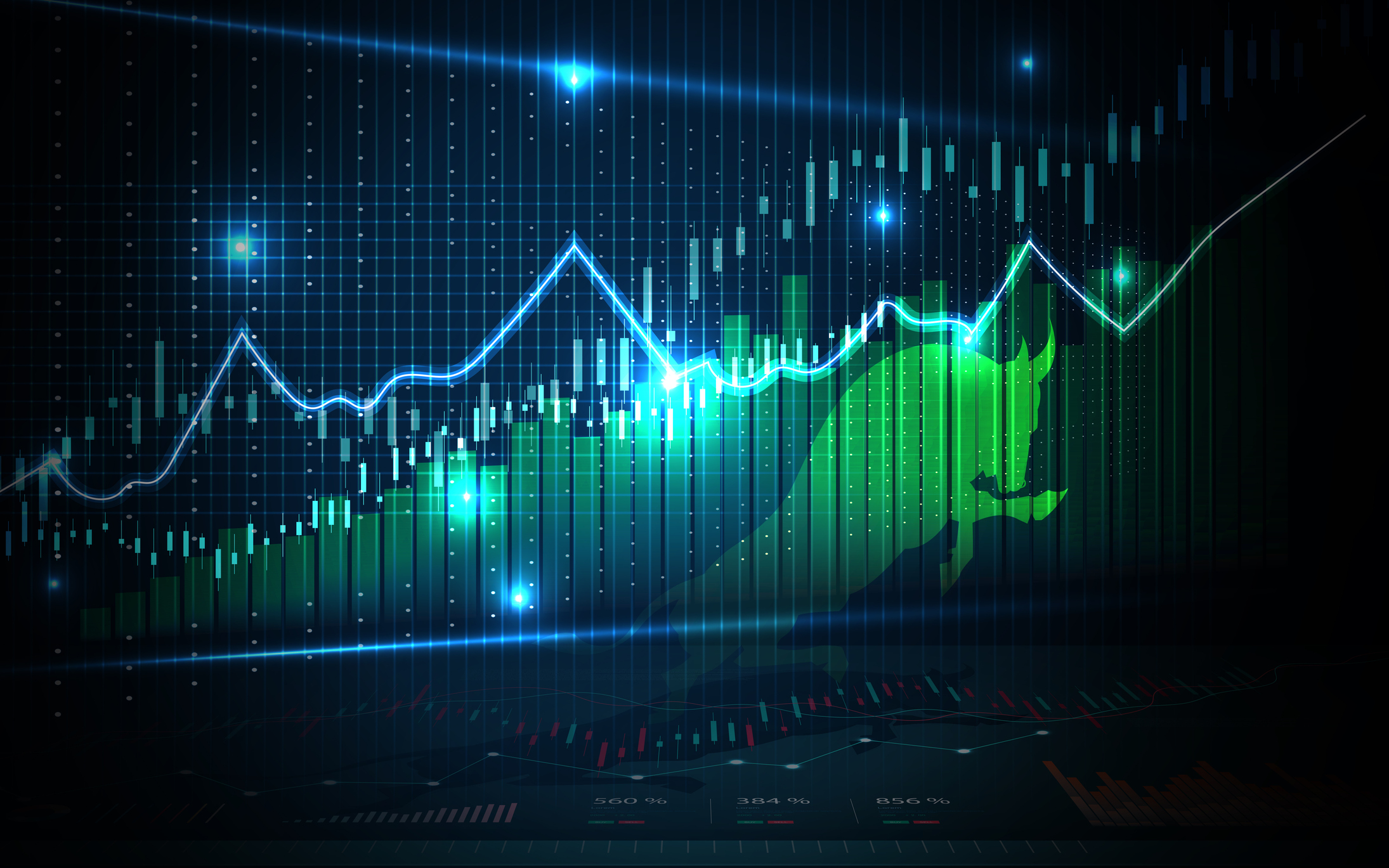 Stock Market Today: Stocks Surge to Close a Volatile Week
Stock Market Today: Stocks Surge to Close a Volatile WeekIt was another day with a week's worth of both news and price action, but it ended on a strongly positive note.
By David Dittman
-
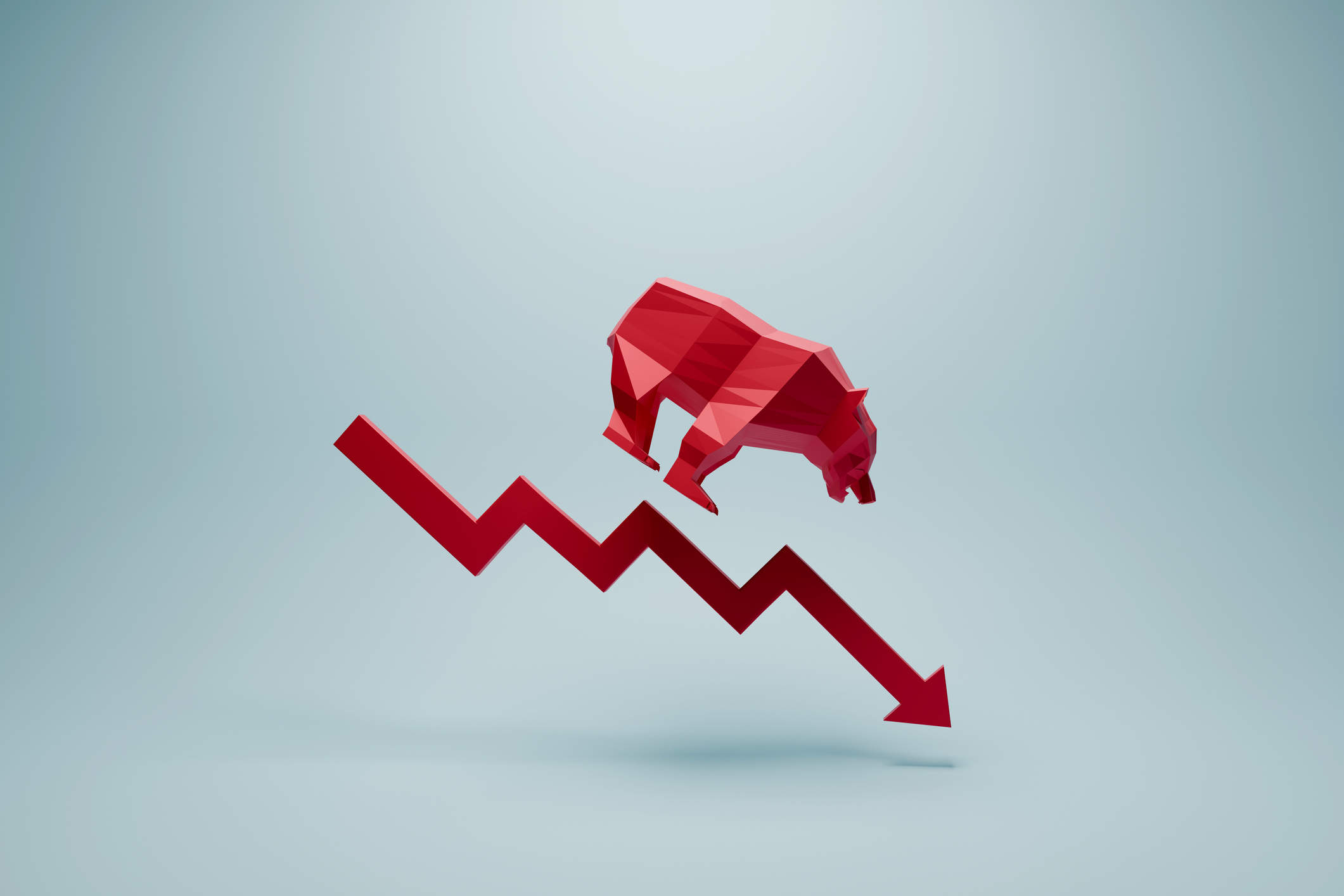 Stock Market Today: Uncertainty Proliferates: Dow Loses 1,014 Points
Stock Market Today: Uncertainty Proliferates: Dow Loses 1,014 PointsWeaker-than-expected consumer inflation data wasn't enough to stabilize sentiment during another volatile day for financial markets.
By David Dittman
-
 Stock Market Today: Tariff Pause Triggers 3,000-Point Dow Rally
Stock Market Today: Tariff Pause Triggers 3,000-Point Dow RallyThe bond market is sending concerning signals as the Trump administration executes its rapid reordering of global trade relationships.
By David Dittman
-
 Stock Market Today: Tariff Talks Drive Another Up-and-Down Day
Stock Market Today: Tariff Talks Drive Another Up-and-Down DayTrade war negotiations are happening, but the "fear gauge" is gyrating, and investors, traders and speculators are still searching for signs of a bottom.
By David Dittman